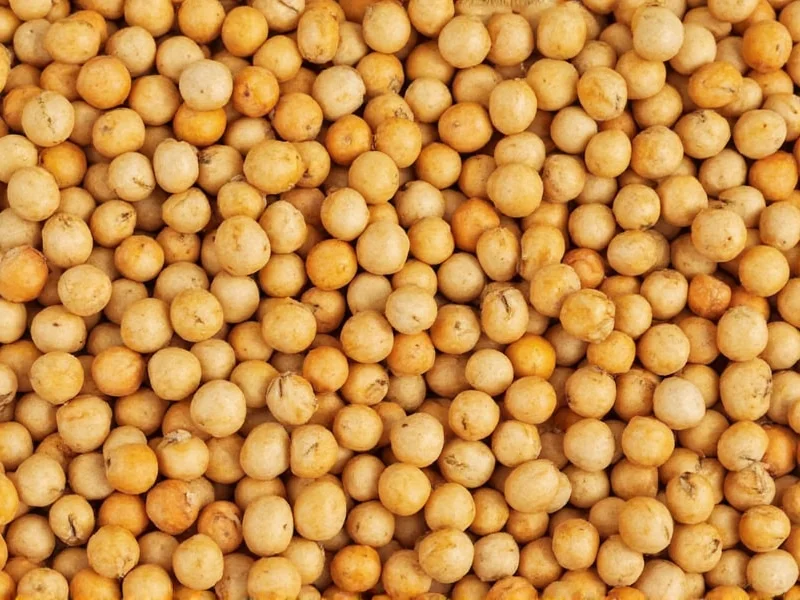Understanding what do annatto seeds taste like requires examining both their chemical composition and culinary applications. These triangular seeds from the achiote tree (Bixa orellana) deliver a complex sensory experience that varies based on preparation method and dosage.
The Flavor Profile of Annatto Seeds
When evaluating how would you describe the taste of annatto, professional chefs and food scientists identify several key characteristics:
- Primary notes: Earthy, woody base with gentle peppery warmth
- Secondary elements: Nutty undertones reminiscent of nuts and seeds
- Subtle accents: Mild sweetness balanced by slight bitterness
- Mouthfeel: Slight astringency that dissipates with cooking
Unlike potent spices such as cumin or chili peppers, annatto operates in the background of dishes. Its flavor compounds—primarily bixin and norbixin—contribute more color than intense taste. This explains why many home cooks wonder does annatto have a strong flavor when first experimenting with it.
How Preparation Affects Annatto's Taste
The method of extraction dramatically influences what do annatto seeds taste like in recipes. Three common preparation techniques yield distinct flavor profiles:
| Preparation Method | Flavor Intensity | Key Taste Characteristics |
|---|---|---|
| Raw seeds | Mild | Noticeable bitterness, minimal heat |
| Oil infusion | Moderate | Smoothed earthiness, enhanced nuttiness |
| Paste (achiote) | Strongest | Complex layers with garlic/onion accents |
When heated in oil—a technique called annatto oil—the seeds release their color while mellowing their inherent bitterness. The resulting infusion carries a more pronounced nutty character that complements rice dishes and stews. In traditional Latin American recado rojo paste, annatto combines with spices like cumin and oregano, creating a flavor profile where annatto seed taste characteristics blend seamlessly with other ingredients.
Annatto vs. Other Spices: A Flavor Comparison
Many home cooks search for annatto vs paprika taste comparison when exploring this ingredient. While both provide reddish color, their flavor profiles differ significantly:
- Annatto: Earthy, subtle peppery notes, minimal heat (0-5 on Scoville scale)
- Paprika: Sweet to smoky, sometimes moderately spicy (500-1,000 Scoville units)
- Saffron: Floral, honey-like (much more expensive alternative)
Unlike saffron—which dominates dishes with its distinctive aroma—annatto functions as a supporting player. This explains why culinary professionals emphasize that annatto seed flavor profile explained requires understanding its role as both colorant and subtle flavor enhancer.
Culinary Applications and Flavor Impact
When examining what flavor does annatto add to food, consider these common applications:
- Cheese production: Provides orange hue to cheddar and mimolette without altering dairy flavor
- Rice dishes: Contributes golden color to Mexican and Caribbean rice with minimal flavor interference
- Meat rubs: Forms base for adobos where garlic and citrus dominate the taste profile
- Street food: Essential for authentic cochinita pibil and pasteles
Professional chefs note that exceeding 1% concentration by weight makes annatto's bitterness noticeable. This delicate balance explains why many traditional recipes specify “to taste” rather than fixed measurements when using annatto seed taste and culinary uses.
Common Misconceptions About Annatto Flavor
Several myths persist about annatto's taste profile:
- Myth: “Annatto tastes like turmeric”
- Reality: Turmeric has distinct earthy-bitter notes with ginger undertones, while annatto offers milder, nuttier characteristics
- Myth: “Annatto seeds are spicy”
- Reality: They contain negligible capsaicin—the compound responsible for chili heat
The confusion often stems from commercial annatto products blended with stronger spices. Pure annatto delivers what food scientists call “background flavoring”—enhancing rather than dominating dishes.
Practical Tips for Using Annatto
To maximize flavor while minimizing bitterness when working with annatto:
- Always toast seeds briefly before grinding to mellow bitterness
- Infuse in oil over low heat (never boil) to extract optimal flavor
- Combine with acidic ingredients like citrus to balance earthiness
- Use within 24 hours of preparation for brightest flavor
Understanding what do annatto seeds taste like transforms how you incorporate this ancient ingredient. While its flavor remains subtle compared to bold spices, annatto's unique ability to enhance visual appeal without overwhelming taste makes it indispensable in global cuisines from Yucatán to the Philippines.
Frequently Asked Questions
Are annatto seeds spicy?
No, annatto seeds are not spicy in the traditional sense. They contain negligible capsaicin (the compound that creates heat in chili peppers) and register between 0-5 on the Scoville scale. The mild peppery note they contribute is more aromatic than hot, making them suitable for dishes where color is desired without significant heat.
How does annatto taste different when used in oil versus paste form?
Annatto oil delivers a smoother, more mellow flavor profile with enhanced nuttiness and reduced bitterness. In paste form (like achiote), the addition of complementary ingredients such as garlic, vinegar, and cumin creates a more complex flavor profile where annatto's earthy notes blend with other spices. The paste version offers noticeably stronger flavor impact than oil-infused annatto.
What spices have a similar taste to annatto?
No single spice perfectly replicates annatto's unique profile, but certain combinations can approximate aspects of its flavor. A blend of mild paprika (for color), a pinch of nutmeg (for nuttiness), and a touch of white pepper (for subtle heat) comes closest. Saffron provides similar color but has a distinctly floral flavor that differs significantly from annatto's earthy notes.
Why do some people say annatto has no flavor?
This misconception arises because annatto is primarily used as a coloring agent at low concentrations where its flavor impact is minimal. At typical usage levels (0.1-0.5% by weight), annatto's subtle earthy notes blend into the background of dishes. Only when used at higher concentrations (above 1%) does its distinctive flavor become noticeable, which explains why many commercial applications focus solely on its coloring properties.











 浙公网安备
33010002000092号
浙公网安备
33010002000092号 浙B2-20120091-4
浙B2-20120091-4